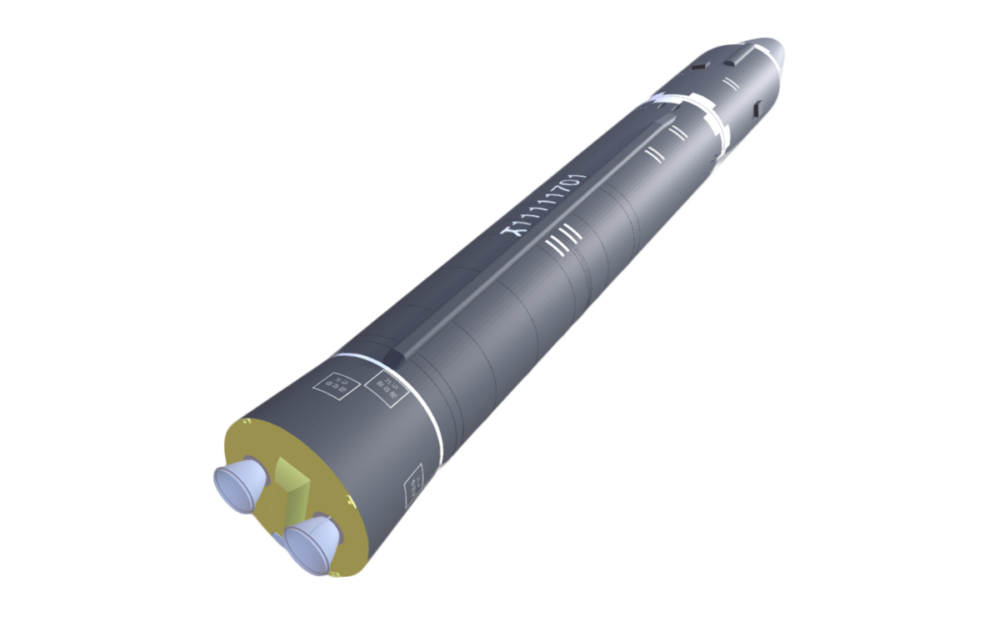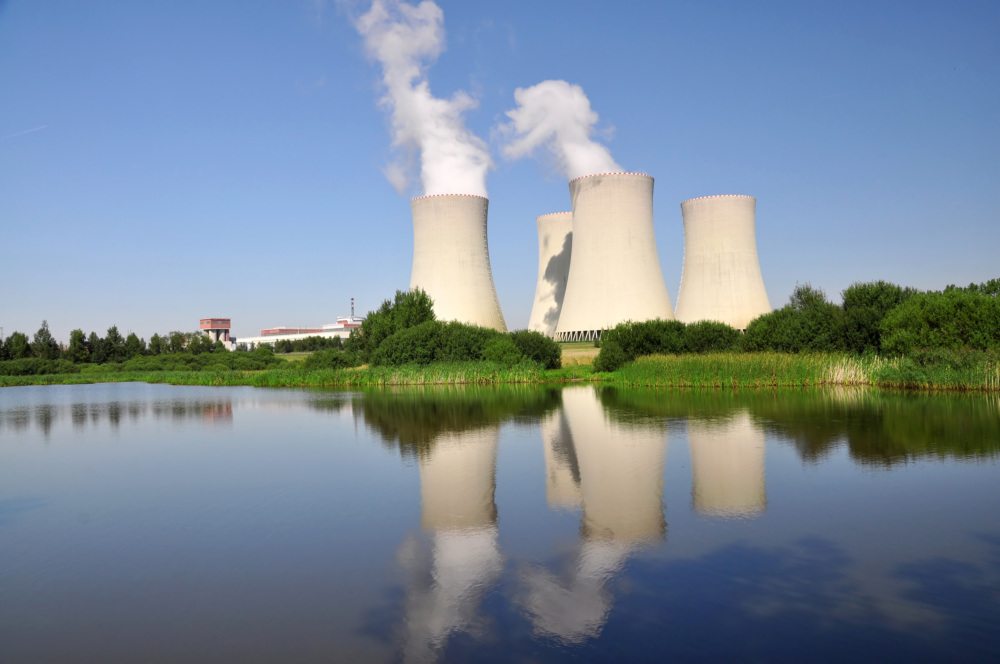
The CNS North Korea Missile Test Database
A collection of missile tests including the date, time, missile name, launch agency, facility name, and test outcome.
Kyrgyzstan does not possess nuclear, chemical, or biological weapons programs, and is a member of relevant nonproliferation treaties and organizations.
Kyrgyzstan inherited a large uranium mining and milling complex and several military-related industrial facilities when the Soviet Union collapsed. The uranium ore mines are located in Min-Kush in central Kyrgyzstan, Kadji-Say in eastern Kyrgyzstan, and Tyuamuyin in southern Kyrgyzstan. [1] Kyrgyzstan is geographically situated near several countries of proliferation concern, making it a possible transshipment point for illicit trafficking in sensitive materials. [2]
Kyrgyzstan is a party to the Treaty on the Non-Proliferation of Nuclear Weapons (NPT) and the Comprehensive Nuclear Test Ban Treaty (CTBT). It signed an Additional Protocol agreement with the International Atomic Energy Agency (IAEA) in 2007. The foreign ministers of the five Central Asian States — Kazakhstan, Kyrgyzstan, Tajikistan, Turkmenistan, and Uzbekistan — signed the Central Asia Nuclear-Weapon-Free-Zone (CANWFZ) treaty on 8 September 2006. On 22 March 2007, Kyrgyzstan became the first country to ratify the treaty. Kyrgyzstan attended some negotiations surrounding the UN Treaty on the Prohibition of Nuclear Weapons, but did not formally participate or vote on the treaty. [3]
From the 1950s to the 1990s, the Kara-Balta Ore Mining Combine in northern Kyrgyzstan processed uranium concentrate from deposits in both Kyrgyzstan and Kazakhstan. The uranium was used in the Soviet Union's military and civilian nuclear industries. Lack of material halted production at the Kara-Balta facility in 1991, but it resumed in 1994 after the plant reached an agreement with Kazakhstan to process uranium from its Stepnoye and Tsentral mines. [4] In 2000, Kyrgyzstan entered into a joint agreement with Kazakhstan and Russia to process uranium from Kazakhstan's Zarechnoye deposit to supply Russia's nuclear industry. [5] Import of Kazakhstan's uranium ended in 2004, but a new agreement was reached after the Russian investment group Renova purchased the Kara-Balta plant in March 2007. [6] At that time, the plant increased its production and shipped low-enriched uranium to Kazakhstan and Russia. [7] Numerous other mining and milling facilities once operating throughout Kyrgyzstan are now closed, though foreign companies from the U.S., Canada, Australia, and China are actively exploring for uranium and developing new mines. [8] In October 2007, after the sale of the Kara-Balta Plant, the Eurasian Development Bank (EDB) invested $150 million to modernize the mill to produce yellowcake and remove 50 year's worth of uranium tailings. [9] The plant shut down in February 2016 and its future is uncertain. [10]
Kyrgyzstan faces challenges associated with uranium tailings, as large amounts of radioactive waste have "accumulated in 36 uranium tailing sites." [11] Radioactive waste stored in Kyrgyzstan poses a significant health threat. Most of the sites are associated with the Mayli-Suu uranium processing facility, which processed over 10,000 metric tons of uranium ore for the Soviet nuclear weapons arsenal from 1946 to 1968. [12] Many storage facilities are located in areas prone to landslides, flooding, and high water levels, and are situated near densely populated areas. [13] The European Union, Russia, and the United States have provided assistance to Kyrgyzstan in developing solutions to these problems. The International Atomic Energy Agency (IAEA) has also established a Coordination Group for Uranium Legacy Sites, which seeks to evaluate remedial options for tailings in these areas. [14] [15] [16]
Not all radiological materials were reported to local governments during the Soviet era, leaving these materials unaccounted for. [17] Kyrgyzstan secured 1,000 items containing radioactive material in 2005, with approximately 500 items remaining unsecured, and an unknown number missing. [18]
Like other states in the region, Kyrgyzstan has struggled to combat illicit trafficking of nuclear-related materials. Although Kyrgyzstan began creating a legal framework for export controls as early as 1992, its virtually unsecured borders created the potential for the trafficking of nuclear-related material along routes used to smuggle drugs. In connection with the 2000 trilateral agreement on the Kara-Balta Plant, the Russian Ministry of Atomic Energy agreed to rebuild part of Kyrgyzstan's border control system by supplying equipment for at least 350km of the state's borders. [19] The United States has also provided Kyrgyzstan with millions of dollar's worth of equipment and training to improve export and border control systems. [20] Kyrgyzstan signed the Minsk Accord on CIS (Commonwealth of Independent States) Export Control Coordination in 1992, but, as with other CIS initiatives, results have been limited. [21]
Kyrgyzstan is a party to the Biological and Toxin Weapons Convention (BTWC), and does not possess biological weapons.
Kyrgyzstan is a party to the Chemical Weapons Convention (CWC), and does not possess chemical weapons.
Kyrgyzstan does not possess ballistic missiles, and lacks the industrial capability to produce them. Kyrgyzstan does not subscribe to the Hague Code of Conduct against Ballistic Missile Proliferation (HCOC).
Sources:
[1] "Kirgiz Mining Combine," April 2005, Globalsecurity.org.
[2] Cassady B. Craft, Suzette R. Grillot, and Liam Anderson, "The Dangerous Ground: Nonproliferation Export-Control Development in the Southern Tier of the Former Soviet Union," Problems of Post-Communism, 47, no. 6, November/December 2000, pp. 39-51.
[3] UN General Assembly, “7 July 2017 – Voting results on L.3/Rev.1,” Item 9, A/CONF.229/2017/L.3/Rev.1 – Draft Treaty on the Prohibition of Nuclear Weapons 7 July, 2017, https://s3.amazonaws.com; “Positions on the Treaty,” ican – international campaign to abolish nuclear weapons, n.d., www.icanw.org.
[4] Minerals Yearbook, Area Reports: International 2008 (Washington, DC: United States Government Printing Office, 2010).
[5] Minerals Yearbook, Area Reports: International 2008 (Washington, DC: United States Government Printing Office, 2010).
[6] "Kyrgyzstan again fails to sell Kara-Balta uranium plant," The Times of Central Asia, 13 October 2006; "Uranium in Central Asia," World Nuclear Association, May 2011, www.world-nuclear.org.
[7] "Uranium in Central Asia," World Nuclear Association, February 2011, www.world-nuclear.org; Jim Nichol, "Central Asia's Security: Issues and Implications for U.S. Interests," Congressional Research Service, 11 March 2010, www.fas.org.
[8] "Uranium in Central Asia," World Nuclear Association, May 2011, www.world-nuclear.org.
[9] "Partners agree to develop Kara Balta mill," World Nuclear News, 20 October 2008, www.world-nuclear-news.org; "Uranium in Central Asia," World Nuclear Association, February 2011, www.world-nuclear.org.
[10] “Uranium in Kyrgyzstan,” World Nuclear Association, Last Modified May 2016, www.world-nuclear.org; Nazgul Begaliyeva, “Production at the Kara-Balta Ore Mining Combine will resume in 2017” (in Russian), Evening Bishkek, April 19, 2016, www.vb.kg.
[11] Margarita Sevcik, "Uranium Tailings in Kyrgyzstan: Catalyst for Cooperation and Confidence Building?" The Nonproliferation Review, 10, no. 1, Spring 2003.
[12] David Trilling, "Kyrgyzstan: Radioactive Legacy Vexes Bishkek," EurasiaNet.org, 26 May 2009, www.eurasianet.org.
[13] United Nations, "Uranium Tailings in Central Asia," 2009, www.un.org.
[14] Oleg Voitsekhovych and A. Jakubik, "Preliminary Hazards Analyses at the Uranium Production Legacy Sites Minkush and Mailuu Suu Kyrgyzstan," Presentation at the IAEA Technical Meeting of the Uranium Mining and Remediation Exchange Group, 23-24 September 2014, www.iaea.org.
[15] Ryskeldi Satke, “Soviet Uranium Mines Still Have Deadly Impact in Kyrgyzstan,” The Diplomat, 13 December 2016, thediplomat.com.; “Agreements signed for EBRD uranium legacy fund,” World Nuclear News, 24 January 2017, world-nuclear-news.org.
[16] “Kyrgyzstan Ratifies Remediation Agreement,” World Nuclear News, 18 August 2017, www.world-nuclear-news.org.
[17] Togzhan Kassenova, "Central Asia: Regional Security and WMD Proliferation Threats," Disarmament Forum Central Asia at the Crossroads, no. 4, 2007, pp. 13-24, www.unidir.org.
[18] Rob Broomby, "Kyrgyz hunt for radioactive matter," BBC, 7 October 2005, www.bbc.com.
[19] Lyudmila Romanova, Nezavisimaya gazeta, 23 June 2000, p. 5; Brian Killen, "Part of Ancient Silk Road Is Now Opium Road," Washington Post, 3 October 1996 www.washingtonpost.com.
[20] Bureau of European and Eurasian Affairs, "Country Assessments and Performance Measures — Kyrgyz Republic," U.S. Department of State, January 2005, www.state.gov.
[21] Government of Kyrgyzstan, "Action Plan of the Kyrgyzstan for the Implementation of Security Council resolution 1540 (2004)," 2 April 2013, www.un.org.
Sign up for our newsletter to get the latest on nuclear and biological threats.
A collection of missile tests including the date, time, missile name, launch agency, facility name, and test outcome.
At this critical juncture for action on climate change and energy security, 20 NGOs from around the globe jointly call for the efficient and responsible expansion of nuclear energy and advance six key principles for doing so.
Information and analysis of nuclear weapons disarmament proposals and progress in Belarus
